Sunderland Mk.I

Reviewed by Sean Hert
December 2012

| HISTORY | |||||||||||||||||||
|
The Short Sunderland was one of the most powerful flying boats to see service throughout the Commonwealth during World War Two. These aircraft acted primarily as patrol bombers and were instrumental in countering the U-Boat threat on the Atlantic. One of the interesting details of these boats where the bomb racks; they were internal to the hull, and were run out on rails on the underside of the wing. These racks could take either bombs or depth charges, and were reloadable when retracted from internal stowage. Italeri's new 1/72 Sunderland is a new kit from Italeri, their first tooling of this aircraft. |
|||||||||||||||||||
| SPRUE A | |||||||||||||||||||
|
Sprue A has the two fuselage/hull halves, the main "deck" section for the interior, as well as a collection of other detail parts for Sunderland. These other parts included the quad and single defensive machine guns for the nose and upper waist locations, the bomb doors and parts for the cockpit. All the parts of consistently crisp details, a true testament to Italeri's new design and manufacturing techniques. The fuselage and tail have some fairly heavily scribed panel lines with deep rivet details. This may put off some modellers, but a coat of primer, followed by paint, should to a good job of filling these details and making them acceptable. |
|||||||||||||||||||
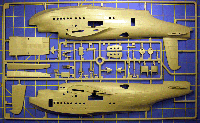 |
|||||||||||||||||||
|
|||||||||||||||||||
| SPRUE B | |||||||||||||||||||
|
This sprue has the port/left wing halves and ailerons, the floor and bulkheads for the cockpit, and the tail beaching dolly. The wings have the same deep panel lines and rivets seen on the fuselage, an opening for the bomb rack track, navigation lamp and maintenance door/steps. A few inspection ports and fuel filling points are missing, but could be easily added with a scribing tool if desired. (Check the included reference manual for placement) |
|||||||||||||||||||
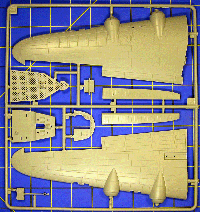 |
|||||||||||||||||||
|
|||||||||||||||||||
| SPRUE C | |||||||||||||||||||
|
Sprue C is the starboard/right wing halves, with some internal bulkheads for the cargo/bomb handling area. |
|||||||||||||||||||
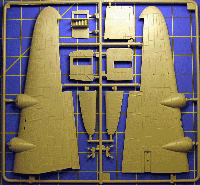 |
|
||||||||||||||||||
| SPRUE D | |||||||||||||||||||
|
Sprue D is the large clear styrene sprue; Sunderland has a necessity of a large number of clear parts. The cockpit is a large one-piece affair, with the frames molded on the outside. The same goes for the two-piece tail and nose turrets. The portholes and bomb-aimers station complete the clear parts on this sprue. |
|||||||||||||||||||
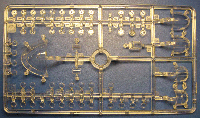 |
|||||||||||||||||||
|
|||||||||||||||||||
| SPRUE E X2 | |||||||||||||||||||
|
There are two of sprue "E" in this kit, as there are many details duplicated on each side/wing of the aircraft. This includes the horizontal stabilizers, elevators, float, beaching gear, two engines and cowlings, two three-bladed props and other ancillary details. The stabilizer halves and the float exhibit the same heavy panel line and rivets seen elsewhere in this kit, and the cloth-covered control surfaces have nice, and not over-done, "droop." The Pegasus XXII engines have the correct number of cylinders, and have good basic detail, but some will want to plumb the exhaust manifold. This sprue also has one of the two bomb racks, and the four bombs for the rack. |
|||||||||||||||||||
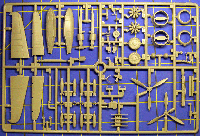 |
|||||||||||||||||||
|
|||||||||||||||||||
| PHOTOETCH | |||||||||||||||||||
|
Sunderland also includes a nice fret of relief-etched brass photoetch. This fret has details for the bomb racks, pilot and co-pilot seat backs and seat belts, windshield wipers and a large single-piece instrument panel. However, to use the photoetched instrument panel required removing the molded on details from the plastic panel, and the use of a different decal for the instrument faces. However, the large canopy may make this extra effort worthwhile. Packaged with the Photoetch is a length of thread to simulate the anchor rope, for the stowed nose anchor. |
|||||||||||||||||||
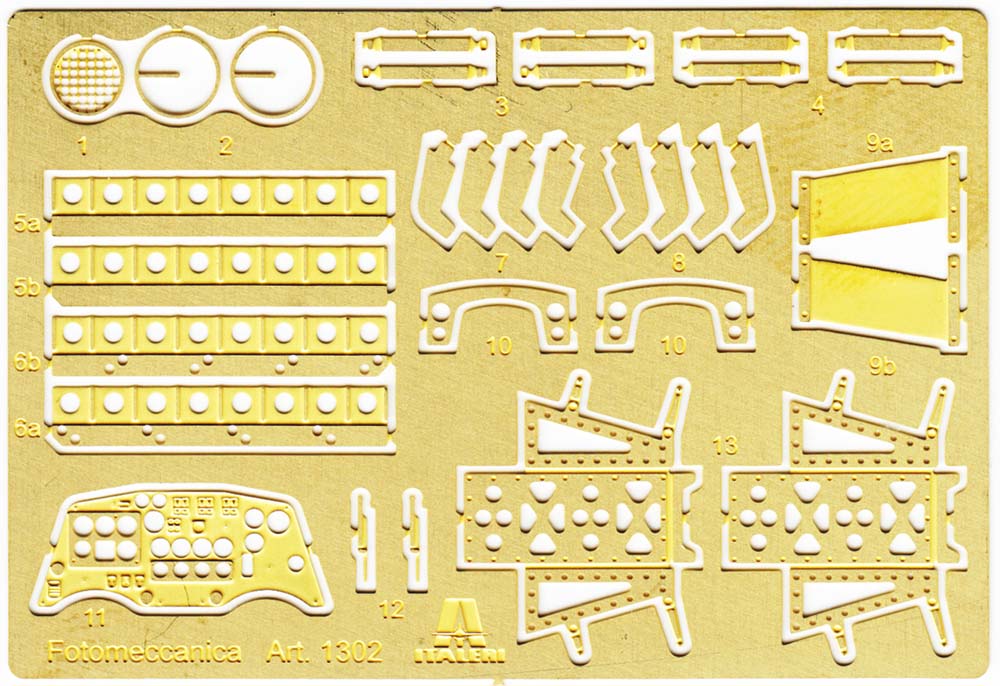 |
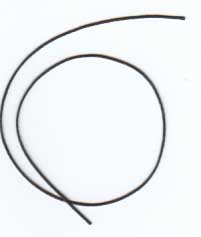
| ||||||||||||||||||
| DECAL | |||||||||||||||||||
|
Markings for six aircraft are included in this kit, as well as decals for both instrument panel options.
|
|||||||||||||||||||
|
|||||||||||||||||||
| INSTRUCTIONS | |||||||||||||||||||
|
This 18-page instruction book has 23 well illustrated steps for building a Sunderland. While these isometric CAD-drawn steps have a few humorous word choices ("stirred" plastic in the place of "stretched"), the steps themselves are very clear and easy to follow. The painting guidelines for six aircraft (the six markings included) have FS numbers and Italeri paints called out, with Model Master equivalents called out when applicable. Also included is a 24-page photographic reference manual, which includes a brief history, technical details, and a walkaround. Since most of the current existing Sunderlands are of later Mk's, Italeri has had to pick and choose photos to illustrate specific details. |
 |
||||||||||||||||||
|
|||||||||||||||||||
| CONCLUSIONS | |||||||||||||||||||

Italeri's new Sunderland Mk 1 is a vast improvement over the old Airfix offering, leveraging all the new model kit design functions available today. The parts look great, are well detailed, and should build up to an impressive model of this important aircraft. Thanks to MRC for the review sample. MRC is the North American distributor for Italeri model kits. The Sunderland is kit #1302 and retail price is $78.95. |
|||||||||||||||||||
